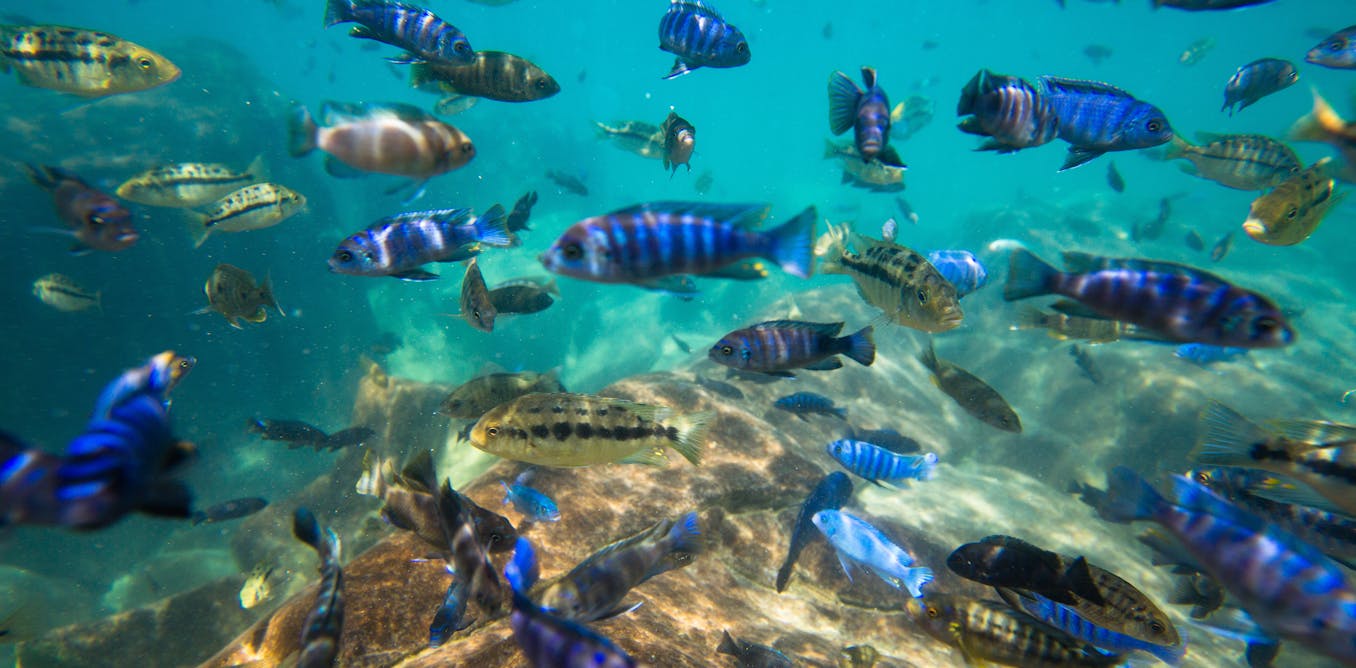Oldnintheway
Well-known member

I've been fishing and keeping fish for nearly as long as I've been alive, 60+ yrs. Never been one to keep lists. I've been downsizing my aquariums, down to seven from a couple dozen. For Americans there is NANFA. I'm sure some of those folks keep lists.
The North American Native Fishes Association
The North American Native Fishes Association is dedicated to the appreciation, study and conservation of North America's native fishes.
www.nanfa.org








